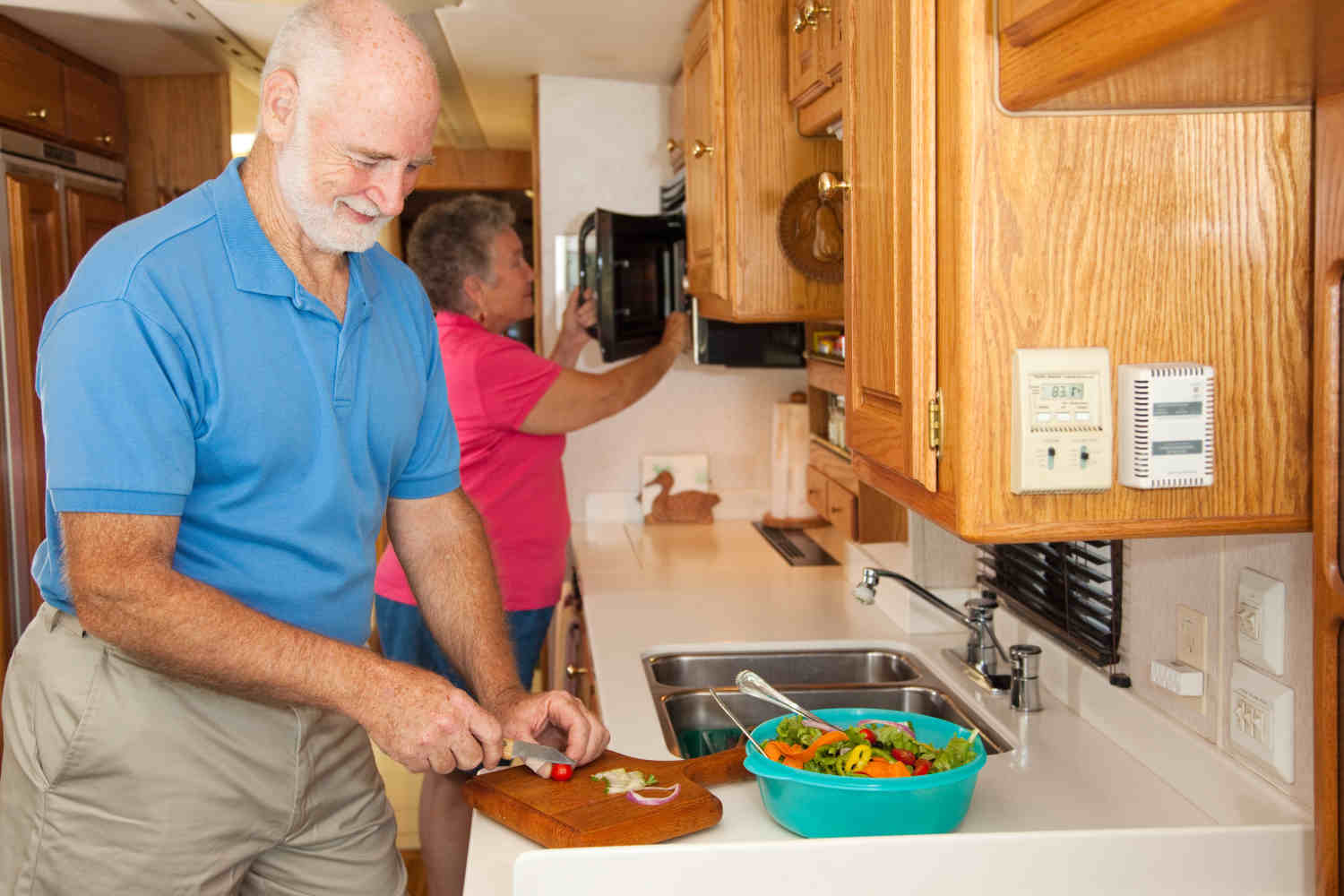How to Use Renogy’s Solar Calculator
For some people, one of the biggest barriers to converting from traditional on-the-grid power to a solar system is the process of determining just how much electricity you actually need. With a traditional electric system, you rarely have to worry about how much power you’re pulling from the grid. You simply plug in your refrigerators, printers, humidifiers, and light bulbs, and pay the bill when it comes. With a solar system, however, you want to make sure that your panels and batteries are collectively sized for your daily power usage, since you can’t rely on a vast and distant power plant to cover the demand.
We wanted to make that it as easy and painless as possible to tally up your current or anticipated power consumption. That’s why we came up with the Renogy Solar Panel Calculator. It’s a smart system sizer that helps estimate how much solar power your home, cabin, boat, RV, or travel kit will need, with an easy-to-use interface.
Simply select the appliances you plan on powering and drag them into the My Appliances box. The Solar Calculator will automatically based on averages for those types of products.
You can click on any appliance in the My Appliance box to manually adjust the watts, amps, and volts from our estimates to exactly what it says on your product’s box or label. You can also note how many hours a day you plan on using each appliance, allowing the Solar Calculator to come up with the total number of watt hours your system will need to produce.
Click the Customize button to choose between Recommendations for various applications, from solar systems scaled for RVs and vans to those big enough to power tiny houses, cabins, or sheds. You can also choose the Customization option to manually select the type of solar panel you’d like to use, as well as various components of a solar system, some of which are required and others of which are add ons. This is a great way to learn more about how a solar system works, and what each piece contributes to different ways of building out your solar array.

In the upper right corner, you can input your zip code to help the Solar Calculator make its estimates based on the amount of sunshine your area receives. That’s because a solar panel operating in, say, Yakima, Washington might receive less sunshine over the course of a day than one of the same size in St. Pete, Florida. That may also come in handy if you are trying to set up a system with a particular destination in mind, one you may not be as familiar with as your own hometown.
Once you’ve made your selections, the Consumption box on the bottom right hand side of the calculator will add up the wattage all your appliances will consume, either based on our estimates or the custom amounts you entered. Along the bottom row of the calculator, you’ll see images and product names for each of the components the Solar Calculator recommends for your needs. You can click the big Add to Cart button in the lower right hand corner to put those items in your shopping cart, or click the Clear Cart button to remove them.
You can make multiple configuration calculations and save them if you create an account with Renogy.com That way you can pull them up later for reference or to compare between several different options. If you are planning out what your new vanlife setup might look like, are trying to streamline your packing list for overlanding excursions or summer road trips, the Save and Load features of the Solar Calculator really come in handy.
The Solar Calculator is also a helpful tool for prioritizing your electronics. You might find, for example, that your waffle iron would tip you over from one size system and price point to another. This way, you can make an informed choice about whether it’s worth it to hang on to your breakfast appliances or if you’d rather save the wattage for something else, like your heating pad. It’s fun to see how all of your appliance options fit together, which simply aren’t worth bringing along, and which are absolute necessities.








